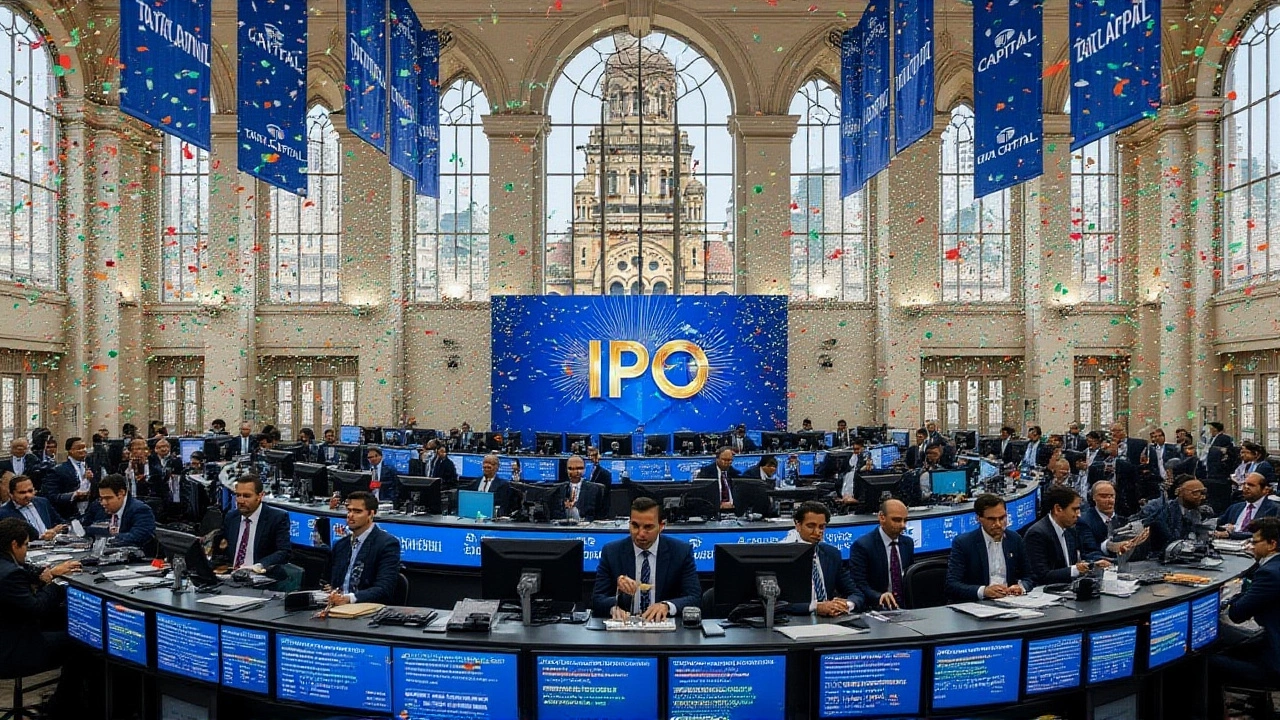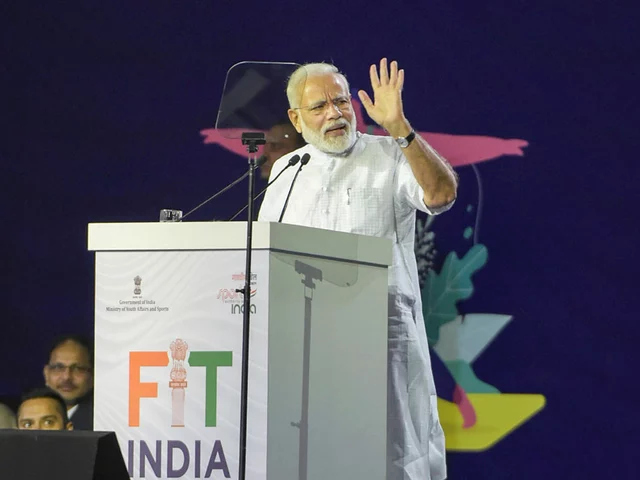Grey Market Premium in India's Dairy Sector
When talking about Grey Market Premium, the extra amount a dairy product fetches when it moves through unofficial or semi‑formal channels rather than the regulated market. Also known as informal market premium, it reflects the price gap between the official wholesale price and the price paid by traders who bypass standard licences or quality checks. This gap often shows up in regions where distribution networks are weak, where seasonal demand spikes, or where government price caps make formal sales less attractive. Understanding this premium is key to reading the real health of the dairy market.
One of the closest friends of the grey market premium is Dairy Pricing, the framework that sets farm‑gate, wholesale and retail rates for milk and milk‑based products. Dairy pricing is shaped by the Minimum Support Price (MSP), state procurement policies, and the cost of raw milk. When official prices are held low, traders may turn to grey channels to capture higher margins, creating a premium that can be 10‑30 % above the regulated rate. This relationship means any shift in dairy pricing instantly ripples through the grey market.
How Supply Chain, Government Policy & Market Trends Influence the Premium
The Supply Chain, the network of producers, collectors, processors, distributors and retailers that moves milk from farms to consumers, is the backbone that either contains or fuels the premium. A fragmented supply chain with many small‑scale collectors often lacks the bargaining power to stick to official rates, pushing them toward informal buyers who pay more. Conversely, a consolidated chain with cold‑storage and efficient logistics can lock in prices, shrinking the premium.
Meanwhile, Government Policy, regulations, price controls, and procurement schemes that guide the dairy sector acts like a thermostat. Policies that set aggressive price caps or limit private players' access to procurement can unintentionally boost the grey market premium, as traders search for loopholes to stay profitable. Recent announcements about expanding dairy cooperatives or revising the MSP directly affect how large the premium can grow.
Lastly, broader Market Trends, shifts in consumer demand, seasonal fluctuations and macro‑economic factors set the stage. A scorching summer spikes demand for ice‑cream and chilled milk, while monsoon‑related transport challenges raise costs. When demand outpaces supply, informal traders can charge a premium that far exceeds the official rate. In the same way, an IPO by a major dairy processor can signal confidence and attract investment, which may tighten formal supply chains and push surplus volume into the grey market.
Putting these pieces together, you can see three clear semantic triples: Grey Market Premium encompasses price differentials, Supply Chain requires efficient logistics to limit premium spikes, and Government Policy influences Dairy Pricing which, in turn, drives the premium. These connections help you predict when the premium will rise and how it will affect the broader dairy ecosystem.
Below, you’ll find a curated set of articles that touch on the forces shaping the grey market premium—from weather events that disrupt logistics to policy updates that reshape pricing, and even market moves like big IPOs that ripple through the sector. Dive in to see real‑world examples, get actionable insights, and understand how each factor plays into the premium you see on the ground.
Arvind Chatterjee, Oct, 9 2025
Tata Capital IPO Opens Oct 6, Fully Subscribed, Listing Oct 13
Tata Capital's IPO opened Oct 6, fully subscribed by Oct 8, and will list on NSE and BSE on Oct 13. The ₹15,511 crore offer saw a low grey‑market premium but strong backing from Tata Sons and analysts.
View More




